A Step by Step Guide to Installing Asphalt Shingles
on a Sloped Roof
Preparing the Roof Deck
To prepare your sloped roof deck for installing asphalt shingles, clear any debris, inspect it for damage and repair as necessary. This ensures your roof deck is ready to support the shingles and provide a secure base for years to come. In this section, we’ll cover clearing the roof deck, inspecting the roof deck, and repairing the roof deck.
Clearing the Roof Deck
For a clean and stable roof installation, it’s important to remove any debris from the roof deck. Here’s how:
- Use a broom or rake to get rid of big items like branches, rocks, and leaves.
- Use a leaf blower to remove small particles and dirt.
- A pressure washer can tackle stubborn dirt.
- Be careful when using the pressure washer around edges and corners to avoid damage.
- Check drains to make sure they are clear and functioning correctly.
- Look for loose nails that may have fallen during work activities.
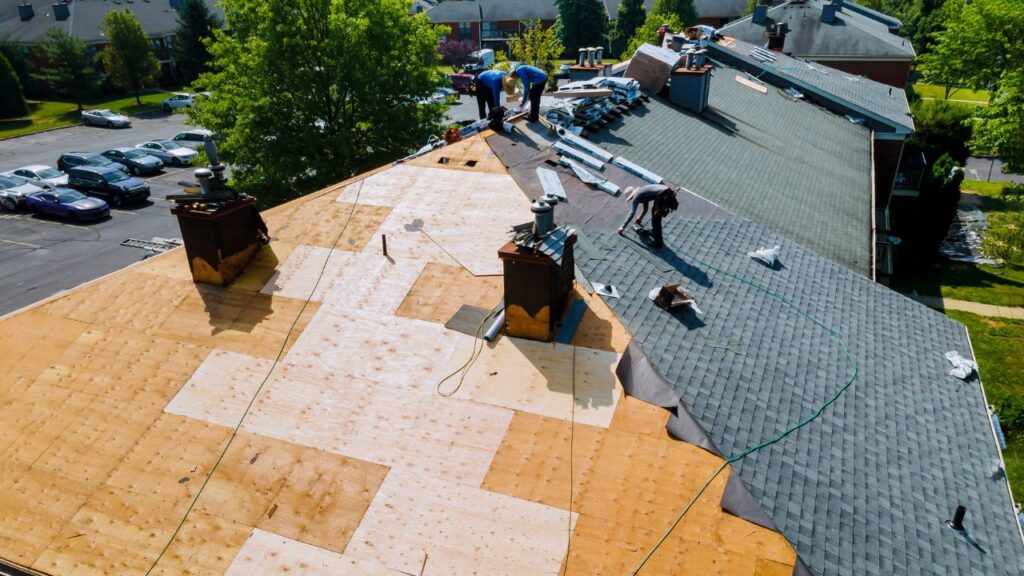
Checking drains and gutters is essential as any blockage can cause water accumulation and damage. Prioritize safety when cleaning by looking out for potential hazards, such as weak roofing material, slippery surfaces, or animals.
On high rise buildings with commercial waterproofing systems, you can install self-cleansing green roofs atop waterproof layers. This helps meet sustainable building goals while protecting penetration sites from destructive elements.
Prevention is better than cure! The roof deck inspection may seem daunting, but it’s an opportunity to spot any unexpected surprises.
Inspecting the Roof Deck
Examining the foundation of the rooftop is a must. All materials need a comprehensive review before repair or renovation. Look for cracks, dents, warps and water damage or termites. Check ventilation, roof drainage and stability.
Evaluate the roofing material and underlying layers like insulation, plywood decking and joists. Structural defects can ruin the integrity. Leaks can cause serious harm to property.
Know the types of decking made from polymer engineered composite and wood structural panels. This will help decide on repair procedures. Prevention against future damages is essential.
Glen’s office building had a damaged deck with many leaks. Business was disturbed and Glen had to repair urgently, at a huge cost. Inspection could have prevented all this. Time to break out the toolbox and fix up that roof deck!
Repairing the Roof Deck
Refurbishing a Roof Deck?
If you’re restoring your roof deck, it’s essential to repair it first. Not fixing the deck can lead to further damage and even danger for those below. Follow these steps to fix it efficiently.
- Inspect the Deck – Take a look and note any areas of decay or damage.
- Remove Damaged Wood – Identify problem spots and take out any damaged wood.
- Replace Rotten Boards – If needed, switch out rotting boards with new ones.
- Repair Joists – Check all deck joists and repair any damage before installing new boards.
- Waterproof it – Apply a waterproof coating or membrane to give the new boards more life.
- Strapping Considerations – Depending on the rules, you may need to strap the existing roofing before installing.
Don’t ignore issues with your roof deck! This can lead to structural damage. Get a professional inspection at least once a year to stay ahead of any potential problems.
Don’t wait ’til it’s too late! Take action now!
Applying the Underlayment
To properly apply the underlayment in installing asphalt shingles on a sloped roof, you need to select the right underlayment, measure and cut it to fit your roof, and attach it securely to the roof deck. This section with the title “Applying the Underlayment” will guide you through each of these sub-sections to ensure that you lay a strong foundation for your shingles and protect your roof from water damage.
Selecting the Right Underlayment
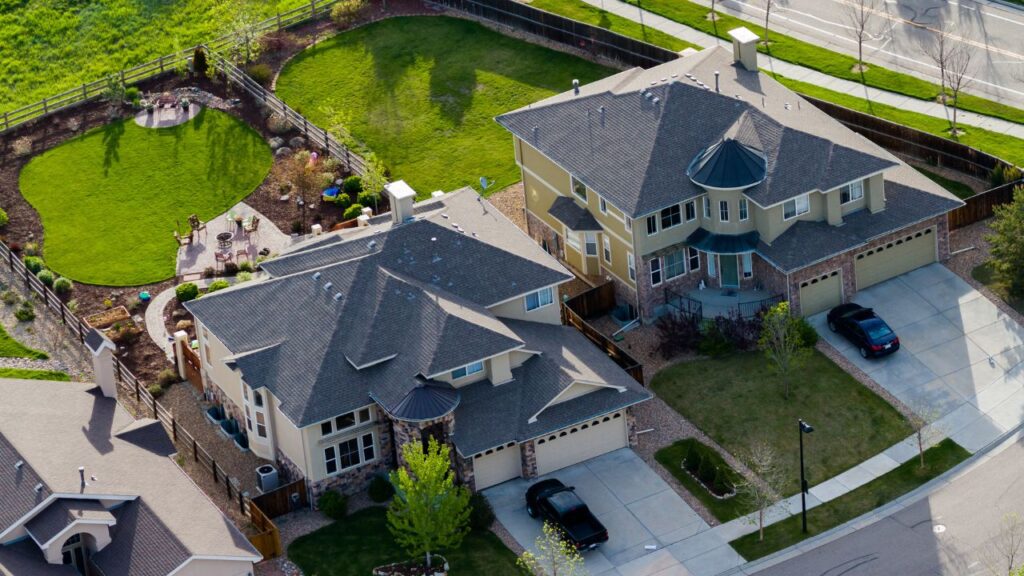
When selecting an underlayment, there are several factors to consider. Moisture protection, sound absorption, and installation method are all important.
- Moisture protection: Do you need an underlayment with a higher moisture barrier for spills or ground moisture?
- Sound absorption: Does cushioning need to be taken into account?
- Installation method: Are rolls or sheets the best option for your subfloor and tools?
- Type of flooring: What type of underlayment works best with your chosen flooring?
- Budget: How much are you willing to spend?
It’s key to remember that not all underlays are equal, and research is a must. Failing to pick the right one can lead to property damage and extra costs. Measure twice, cut once, and don’t forget to select the optimal underlayment today!
Measuring and Cutting the Underlayment
Accurately measuring and cutting the underlayment is essential for a successful installation. Follow this guide:
- Measure the floor area plus an extra inch on each side.
- Cut the material into square or rectangular pieces with a sharp utility knife.
- Place a piece on the floor, set it straight and with an extra inch all around.
- Connect two or more pieces where needed, with no overlap or gap. Cut adhesive tape or staples as needed.
- Trim off excess material along walls with a trimmer knife.
Remember: pressing gently while unrolling prevents creases. Failing to measure and cut accurately can lead to costly outcomes. Get accurate today! Attaching the underlayment is like playing giant connect-the-dots.
Get Financing For Roofing Business
Maximize your roofing business’s potential with our competitive financing options

Attaching the Underlayment to the Roof Deck
Securely attaching the underlayment to the roof deck is key for long-term protection. Follow these steps to get it done:
- Clean the roof deck – remove dirt, leaves and nails.
- Put a drip edge at the eaves of the roof.
- Nail down sections of underlayment.
Press seams tightly together, without gaps or overlapping. Self-adhesive underlayment with polymer-modified bitumen can also be used to attach to the decking.
One homeowner was penny-wise, pound-foolish: he skipped proper underlayment installation and ended up with water damage in his walls and ceilings. Don’t make the same mistake – install your underlayment correctly! Now, let’s shingle and mingle.
Installing the Shingles
To install asphalt shingles on a sloped roof with ease, you need to carefully go through the process of installing the shingles. Your aim should be to select the right type of shingles and then measure and cut them with precision, before placing and securing them onto the roof. Lastly, it’s essential to make sure the shingles are properly laid to ensure your roof stays in good condition.
Selecting the Right Shingles
Choosing the Perfect Shingles for Your Roof.
There are some things to think about when selecting the right shingles, such as durability, climate, wind and fire resistance, and appearance. Here’s what to consider:
- Type: Asphalt, wood, metal or slate? Each has its pros and cons.
- Color: Pick a color that looks good with your house’s exterior. Darker shades help absorb heat, while lighter colors keep the indoors cool.
- Texture: Does it look nice, and is it easy to walk on?
- Warranty: Check the warranty in case damage occurs.
- Budget: How much can you spend without compromising quality or durability?
- Installation Difficulty: Does it need special skills or knowledge?
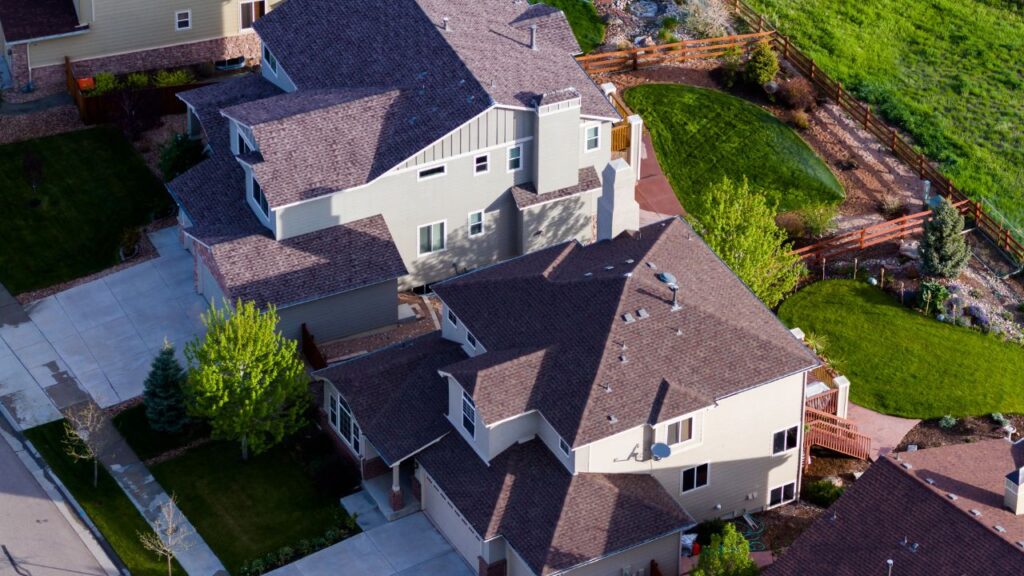
Think about the environment too. Wind-resistant shingles are great for hurricane-prone areas.
Interesting fact: Black roofs retain 70% more heat than white roofs!
Reminder: Don’t try to guess measurements – get it right! Installing shingles is all about precision.
Measuring and Cutting the Shingles
Achieving the perfect size and shape of shingles is crucial for installation! Precise measurements and cuts create a sleek finish. Here’s how to measure and cut shingles:
- Measure the roof for shingle quantity.
- Cut shingles per manufacturer instructions with a utility knife.
- Mark guidelines before cutting for consistent sizing.
- Double-check measurements before installing.
Weather conditions can cause shingles to expand or contract, so measuring and cutting on site is the best option. Take your time for optimal results! Pro Tip: For ease of installation, hire a pro or use pre-cut shingles. Precision leads to a polished product – like keeping a toupee intact during a hurricane!
Get High-Quality 3D Architectural
Visualization & Rendering Services
Request a free quote or call us at: +1(561)530-2845 to start working with us
Placing and Securing the Shingles
When it comes to roofing shingles, placing and securing them is key for stability and durability. Planning and attention to detail are necessary to avoid problems. Here’s a four-step guide:
- Clean the roof surface of dirt or debris that may stop shingle adhesion.
- Secure a starter strip at the bottom with nails or adhesive.
- Align and space the first row of shingles over the starter strip. Secure them with nails or adhesive according to manufacturer guidelines.
- Repeat this process for each row until the roof is done. Cut and shape shingles to fit around any protrusions like chimneys or vents.
Note: Different shingle types may have different installation requirements. Always refer to manufacturer guidelines.
Ventilation is essential, too. Make sure your roof has adequate ventilation to prevent moisture buildup and promote energy-efficient air circulation.
Follow these tips and consult with pros for a safe and successful installation. Because nobody wants shingles as crooked as my ex’s lies, let’s make sure they go down straight and true!
Making Sure the Shingles are Properly Laid
To make sure shingles are put on correctly, it is essential that they lay flat and smoothly over the roof deck. They should overlap and be attached with nails or adhesive. Here’s a 3-step guide to getting it done right:
- Align the first row correctly and ensure it has enough overlap.
- Every row needs to line up straight, with proper overlaps and evenness.
- Gently tug on each shingle after installation to confirm it is secure.
Improper installation can lead to leaks, cracks, or damage to the roof deck. Sealing the roof is important to stop moisture building up.
For extra strength, use quality underlayment benefits like improved ventilation. This will stop moisture in the attic. Plus, recommended materials will help the roof last longer and reduce maintenance costs.
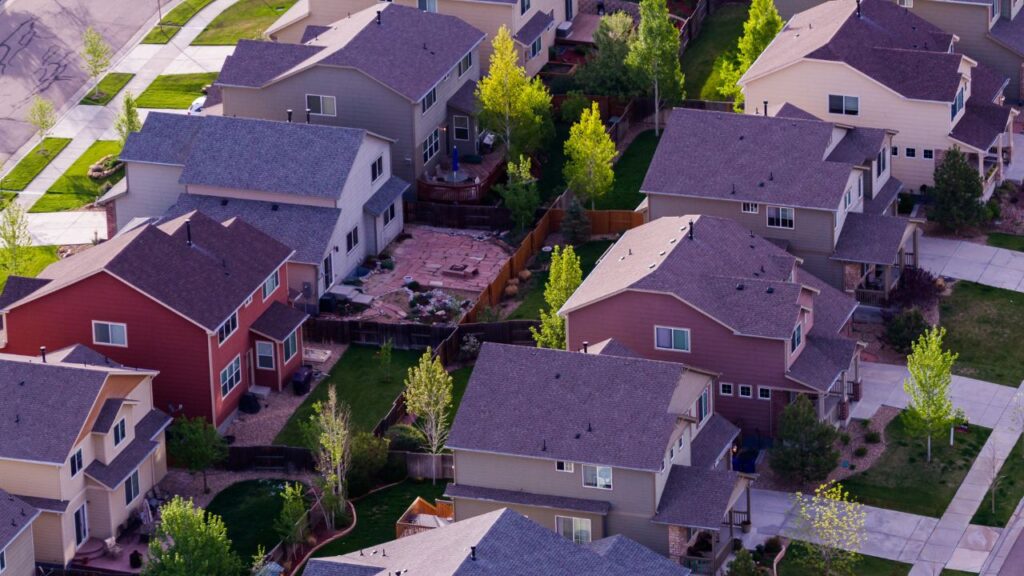
Putting a ridge cap on? More like making sure the shingles’ party is well covered!
Securing the Ridge Cap
To secure the ridge cap of your sloped roof with a step-by-step guide to install asphalt shingles, you need to learn about measuring and cutting the ridge cap shingles and placing and securing the ridge cap shingles, which are the two sub-sections. We will provide you with a brief introduction to each of the sub-sections to make your task easy.
Measuring and Cutting the Ridge Cap Shingles
For a safe ridge cap, cutting and measuring shingles precisely is key. Here’s how to get it right:
- Measure the length of the ridge and cut cap shingles to size.
- Trim off two inches on each side for water runoff.
- Apply adhesive to the underside of each shingle.
- Place them carefully in a stair-step pattern until they meet in the middle.
- Nail the shingles with galvanized nails about an inch from either end.
When nailing, be gentle – too hard and you may damage the shingles. Also, don’t over-nail as it can break the wood.
Lastly, check out manufacturer guidelines for installation, material thickness, etc. This way, you can avoid costly repairs or replacements in the future.
Be meticulous for the best results and peace of mind!
A Wining Cost Estimate
That Helps You To Win More Roofing Projects
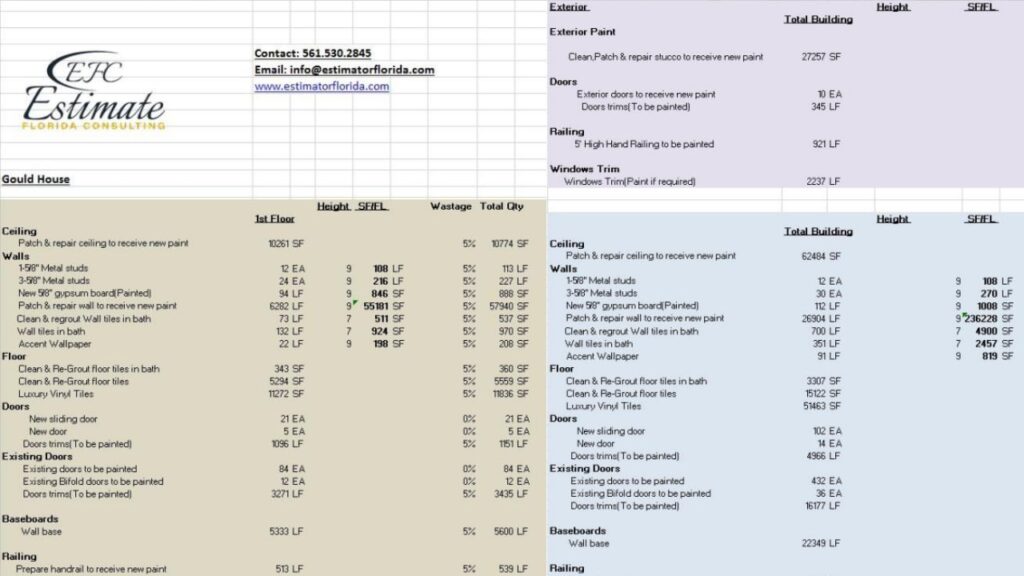
Placing and Securing the Ridge Cap Shingles
Placing and securing ridge caps is a crucial task in roofing. This helps protect the roofline from water and wind damage. It also adds to the roof’s visual appeal. Here’s a guide on how to do it:
- Choose a shingle type for the ridge cap, preferably one that matches your roof. Consider a durable material like copper.
- Cut the ridge cap shingles to equal lengths.
- Apply adhesive sealant on both sides of the shingle and place it at the peak of your roofline.
- Nail each side of the ridge cap with two rust-resistant fasteners.
- Continue this process on each overlapping layer until you’ve covered all parts of the peak.
Each layer must overlap progressively to avoid water from entering through gaps. Attic ventilation systems should be installed too, to prevent moisture buildup. And don’t cover any vented portions, as this may lead to insufficient airflow.
A roofing contractor shared a scary story about nearly falling off a 25-foot-high building while installing a ridge cap! He pointed out the importance of following safety measures during construction.
Adding the finishing touches to your roof is like putting a bow on a present. Securing the ridge cap is the bow in this case.
Finishing Touches
To complete your newly shingled roof, this section will guide you on ‘Finishing Touches’ with ‘Inspecting the Roof’, ‘Cleaning up the Roof’, and ‘Final Inspection and Maintenance Tips’ as solutions. With these steps, you can ensure the longevity and durability of your roof while also maximizing its curb appeal.
Inspecting the Roof
It’s time for a roof inspection! Here’s a comprehensive guide to help you thoroughly examine your roof top with ease.
- First, take a close look at it from a distance.
- Then, check your gutters and downspouts for any debris or blockages.
- Third, inspect shingles and tiles for any damage, rust, or missing pieces.
- Fourth, look for any cracks, holes, or significant wear on the materials.
- Fifth, see if there’s moss, algae, or lichen growth.
- Last but not the least, do an interior assessment.
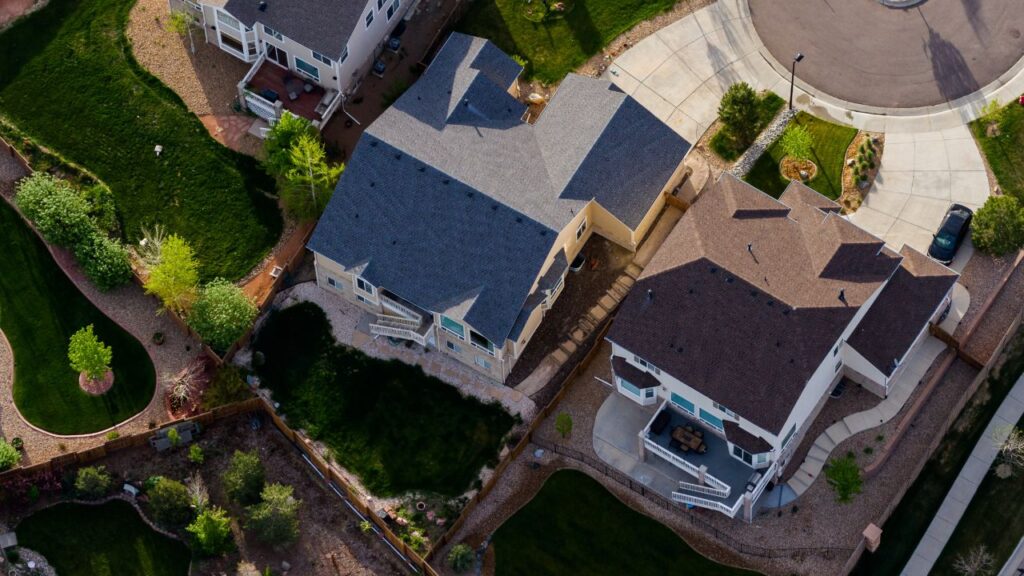
Pay special attention to mortar strips, wood sheathing for deformations, decay, or fungus, and flashing junctions. Also, make sure attic ventilation and insulation is up to standard.
Did you know that in Scotland, you must have your roof inspected every five years? So, get those shingles spruced up and give your roof a makeover – nobody likes an ugly overhang!
Cleaning up the Roof
To keep the rooftop in tip-top shape, it’s important to clean it using the right process. This is essential for making sure your roof lasts long and doesn’t get damaged by debris. Here’s what to do:
- Sweep away any loose dirt or debris.
- Use a power washer with low pressure to wash away grime, algae, and mold. Avoid high pressure as it can harm the roof material.
- Clear all gutters and drains for proper water drainage.
Be sure to check the shingles for any wear-and-tear that needs repair. Don’t forget to clean the roof – otherwise, you run the risk of moisture accumulating and inviting pests or harmful organisms.
Instead of risking expensive repairs, contact professional roof cleaners regularly and ensure you keep the roof clean as time goes on. Finally, don’t forget to inspect the work they’ve done!
Looking for the right roofing lead service?
Call us to start receiving leads today in your area.
Final Inspection and Maintenance Tips.
As we finish our project, it’s vital that every detail is inspected and taken care of. Here are the last inspection and upkeep steps to take:
- Verify the structure of the finished product
- Clean all parts and get rid of any dirt
- Make sure all electrical systems are working properly
- Check that all plumbing and HVAC setups are in good condition
- Look for signs that may need repair or replacement
- Document the findings to keep track of future maintenance
It’s also important to remember that every project has unique needs concerning inspection and upkeep. Consider consulting a professional who can give you tailored advice based on your situation.
Once, during a renovation, we didn’t follow maintenance instructions for the new electrical gear. This caused a power-cut in a customer-filled area. We had to call an electrician at the last minute, which cost us extra and brought delays to our business. Our main focus when nearing the end of a project should be to avoid issues like this.
FAQs
The materials needed for installing clay tile roofing include clay tiles, underlayment, roofing nails, flashings, ridge caps, and mortar.
Yes, experience in roofing is highly recommended when installing clay tile roofing. It requires knowledge and skill in handling the materials and performing the necessary techniques to ensure a successful installation.
Clay tile roofing can be installed in most climates, but extreme weather conditions such as heavy snow or hail may damage the tiles. It is important to consult with a professional roofer to determine if clay tile roofing is suitable for your specific climate.
Clay tile roofing can last up to 100 years or more if properly maintained. However, the lifespan can vary depending on the quality of the materials, installation techniques, and weather conditions.
It is not recommended to install clay tile roofing over an existing roof. The old roof should be removed to ensure a proper installation and to prevent any potential issues with weight and wear and tear on the structure.
The cost of installing clay tile roofing can vary depending on several factors such as the size and complexity of the roof, quality of the materials, and the location. It is recommended to obtain quotes from multiple roofing contractors to compare prices and find the best value.
Process To Get Roofing Cost Estimate Report
Here I am going to share some steps to get your roofing cost estimate report.
-
You need to send your plan to us.
You can send us your plan on info@estimatorflorida.com
-
You receive a quote for your project.
Before starting your project, we send you a quote for your service. That quote will have detailed information about your project. Here you will get information about the size, difficulty, complexity and bid date when determining pricing.
-
Get Estimate Report
We do roofing cost estimating and prepare a detailed report for your project. At last, you finalize the report and finish the project.

